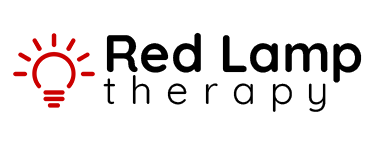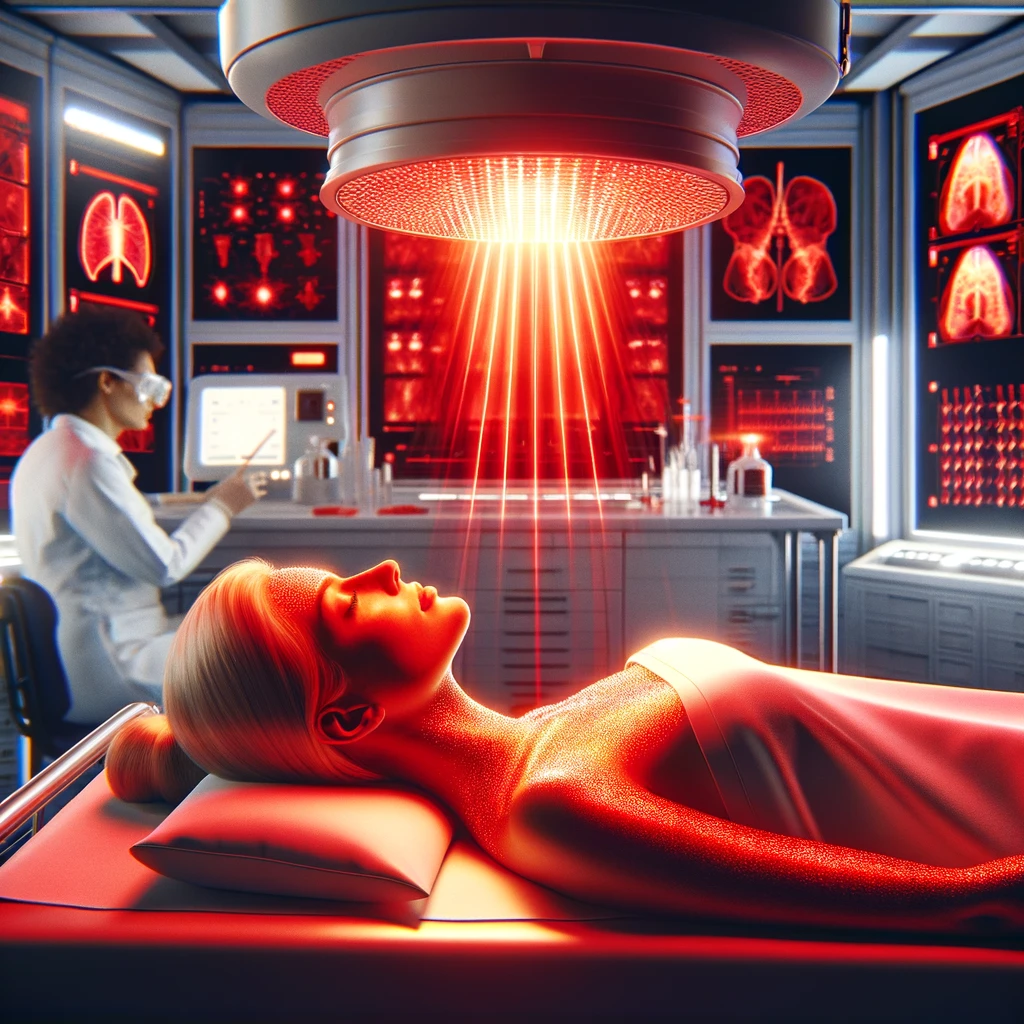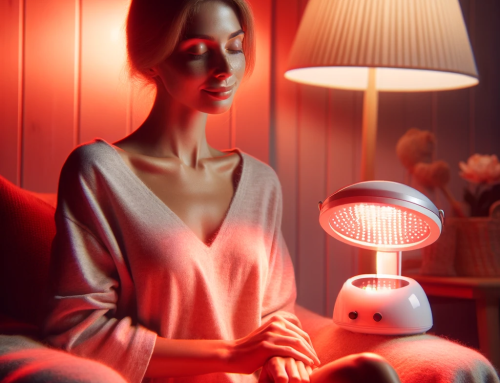Red light therapy, known scientifically as photobiomodulation (PBM), has been gaining attention as a versatile, non-invasive treatment option. The use of red and near-infrared light has shown promise in various applications, including pain reduction, inflammation, wound healing, and even neurological diseases. But how effective is red light therapy when used at home? This article explores recent scientific findings to shed light on this question.
Evidence
Wavelengths and Pulsing Frequencies Matter
Recent studies emphasize that the effectiveness of PBM largely depends on the wavelengths and light pulsing frequencies used in therapy devices. This is crucial for selecting the right home-use devices for specific applications, such as pain relief or skin rejuvenation. Dr. Sungkyoo Lim
Treating Seasonal Affective Disorder (SAD)
Red light therapy has been tested for treating conditions like SAD. Studies comparing red and green light therapies show that while green light induced greater antidepressant effects than red light, the use of red light still showed beneficial impacts in these contexts. The American Journal of Psychiatry
Skin and Wound Healing
A study analyzing the use of red LED light and a natural latex biomembrane for treating diabetic foot ulcers showed significant healing benefits, even when applied by patients at home. Annals of Biomedical Engineering
Mental Health Benefits
The effectiveness of bright light therapy in alleviating depressive symptoms and improving sleep quality has been observed, with promising results even in home settings. Psychiatry Research
Safety and Efficacy in Acne Treatment
Blue light devices for home treatment of acne have demonstrated significant improvements in skin condition, supporting the efficacy and safety of light therapy for dermatological use at home. The Journal of Clinical and Aesthetic Dermatology
Home-Based Laser Devices
Home-based laser devices, including those using light therapy, have shown effectiveness in applications like hair removal, skin rejuvenation, and hair growth stimulation. These devices are generally safe for short-term use, with some side effects like erythema and edema being reported. International Journal of Scientific Research
Improving Symptoms of Parkinson’s Disease
Light therapy has been found effective in improving both motor and non-motor symptoms in Parkinson’s Disease, indicating its potential for broader neurological applications. Medical Science Monitor
Conclusion
The current body of research provides compelling evidence for the effectiveness of red light therapy for various conditions when used at home. From treating skin and neurological disorders to improving mental health, red light therapy emerges as a versatile and safe option for home-based treatment. As research continues to evolve, it’s expected that the applications and efficacy of this therapy will expand, offering a convenient and non-invasive solution for many.






